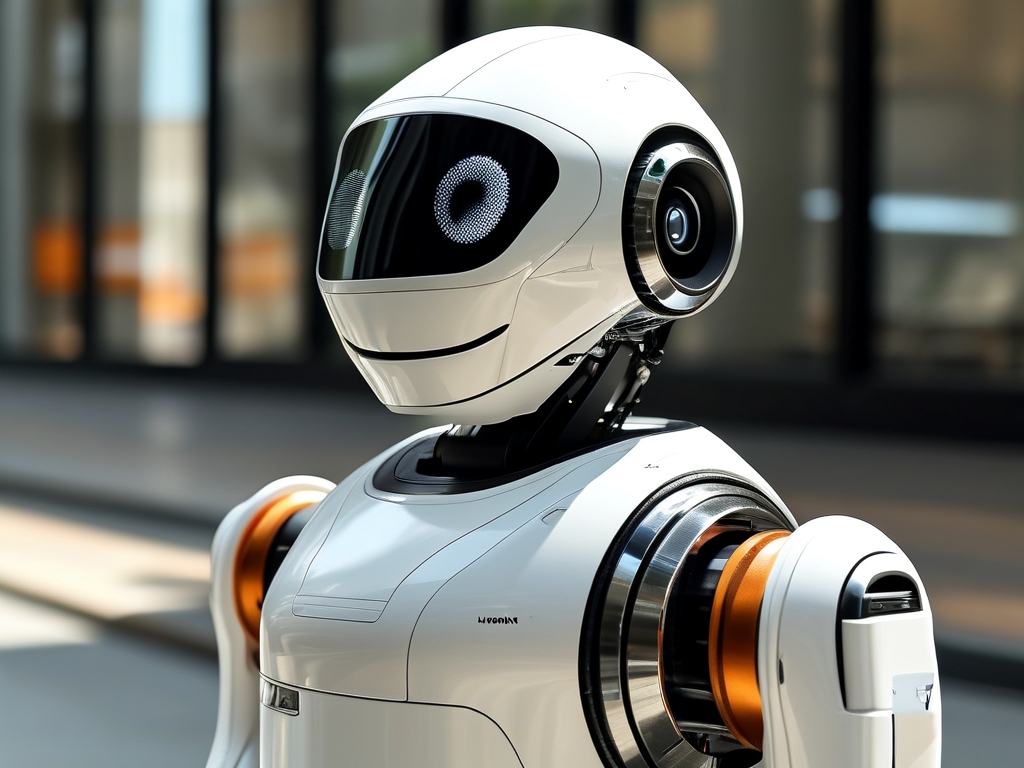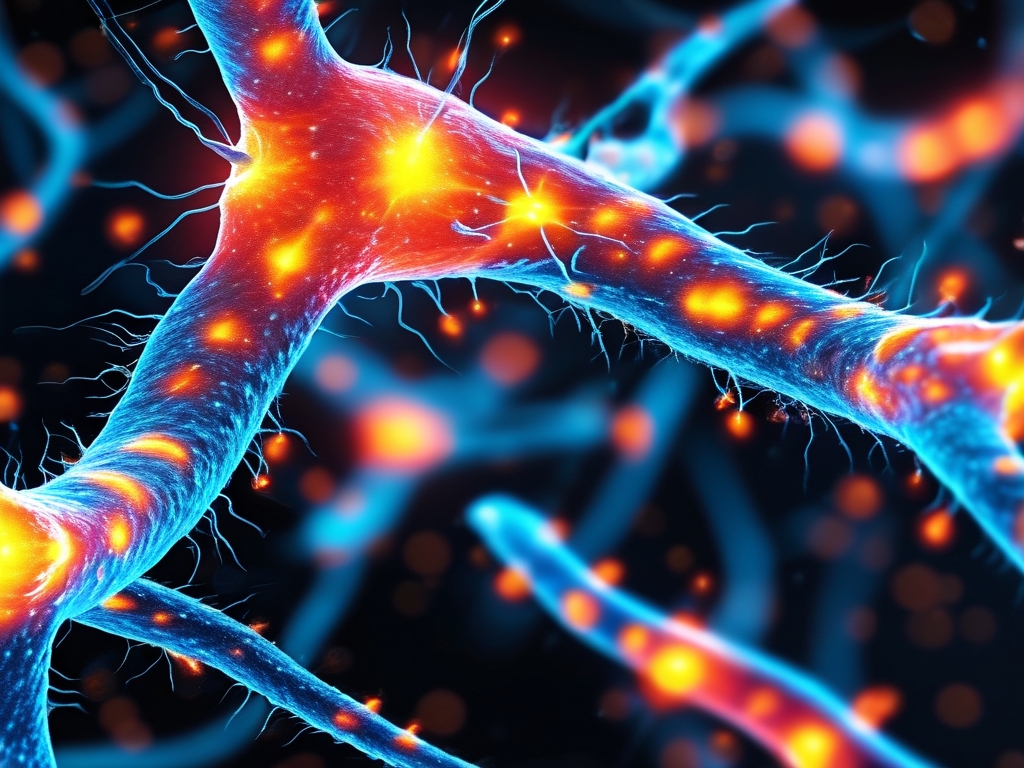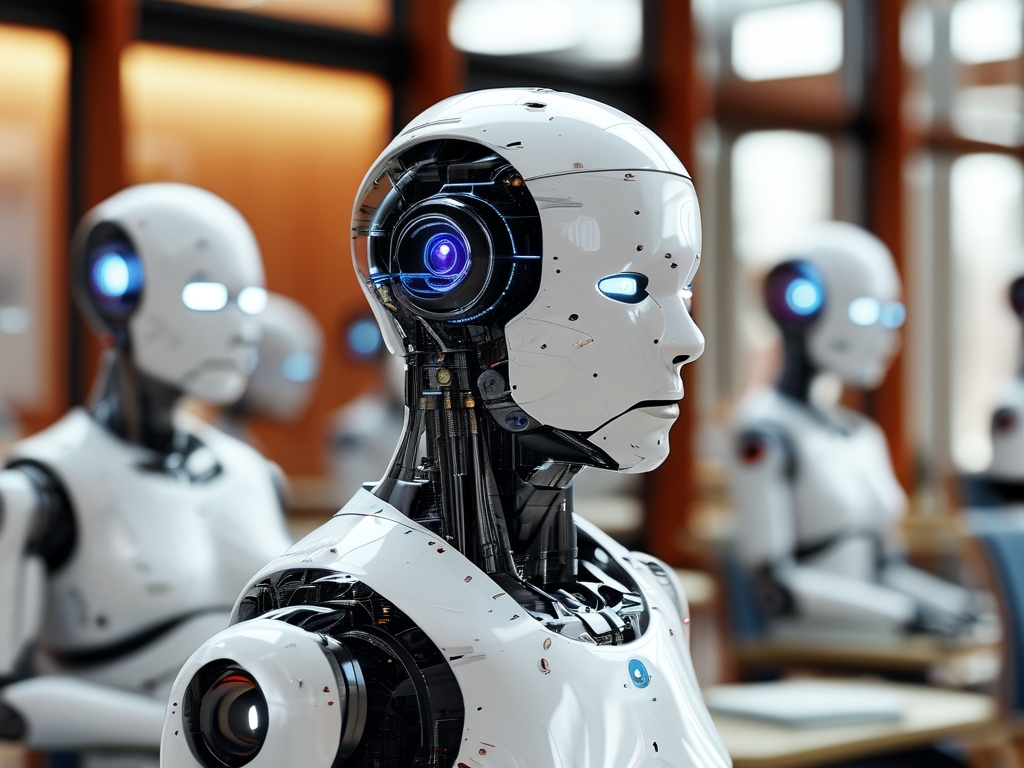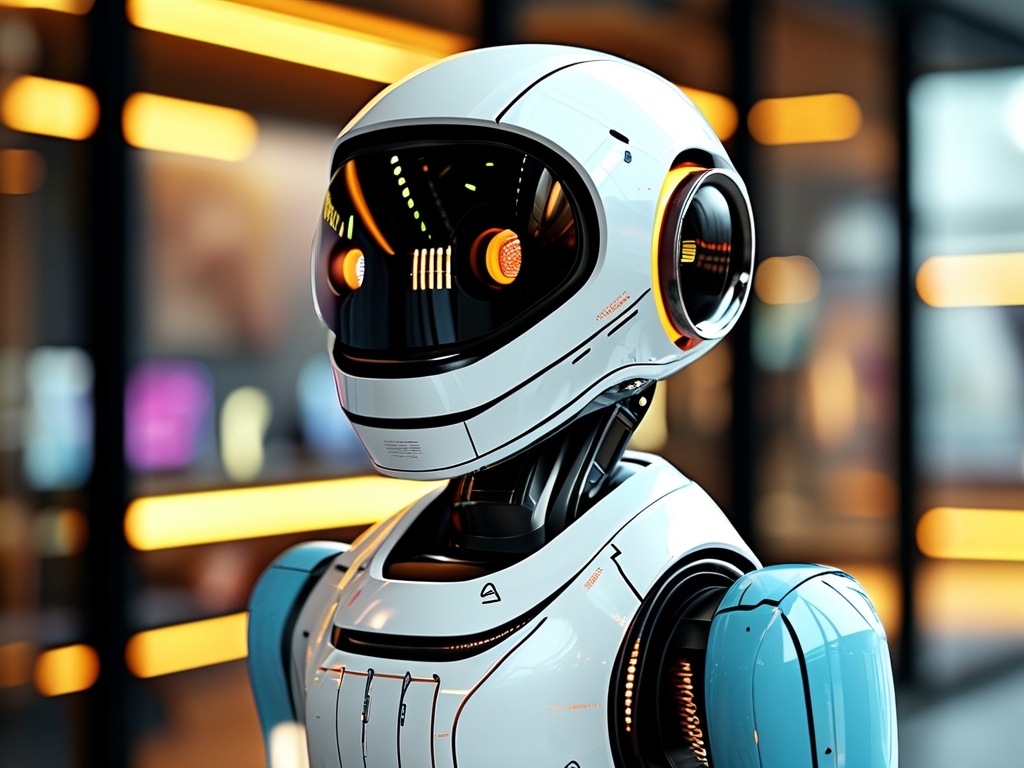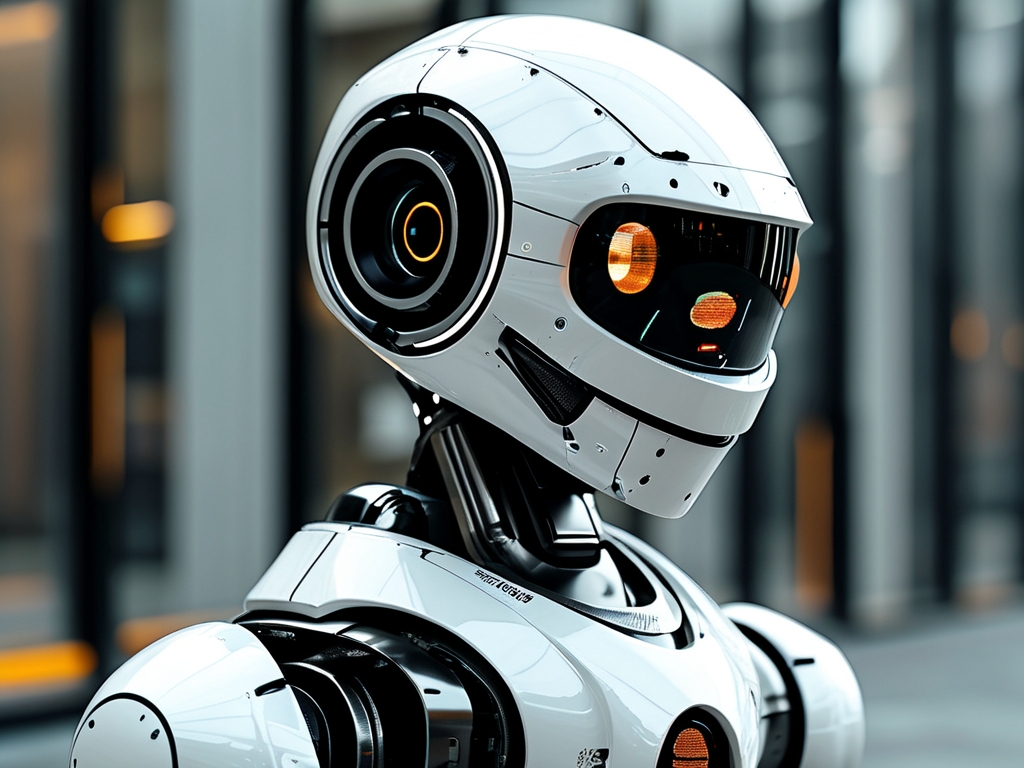In an era defined by rapid technological advancement, intelligent follow-up robot technology has emerged as a transformative force in customer relationship management. By leveraging artificial intelligence (AI), natural language processing (NLP), and machine learning, these systems automate post-interaction communication, delivering personalized experiences at scale. This article explores the mechanisms, applications, and future potential of intelligent follow-up robots, highlighting their impact across industries such as healthcare, finance, and telecommunications.
The Core Technology Behind Intelligent Follow-Up Robots
At the heart of intelligent follow-up robots lies a combination of advanced AI frameworks. NLP enables machines to understand and generate human language, allowing robots to interpret customer feedback, complaints, or inquiries with remarkable accuracy. Machine learning algorithms analyze historical interaction data to predict optimal follow-up timing, tone, and content. For example, a healthcare provider’s robot might recognize a patient’s postoperative anxiety through sentiment analysis and respond with empathetic reassurance.
Additionally, integration with big data platforms allows these systems to contextualize interactions. A banking robot, for instance, could cross-reference a customer’s transaction history during a loan repayment follow-up, offering tailored payment plans. Real-time analytics further enhance responsiveness, enabling dynamic adjustments based on user behavior—such as switching from email to SMS if a customer ignores initial reminders.

Applications Across Industries
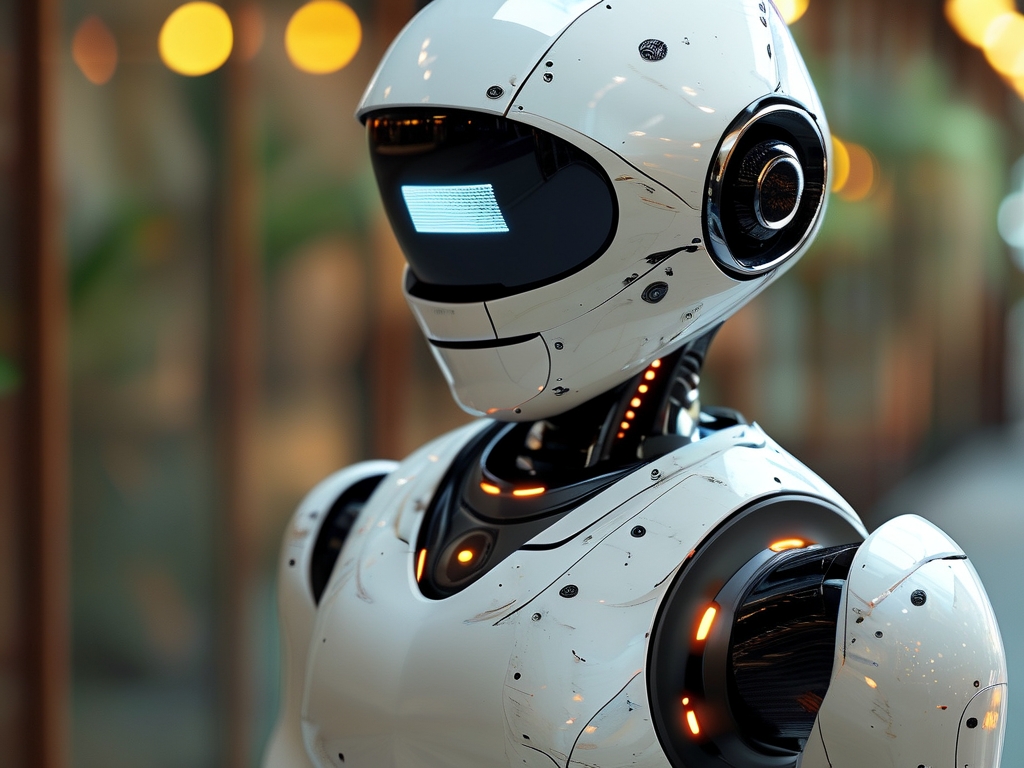
-
Healthcare: Post-discharge patient follow-ups are critical but resource-intensive. Intelligent robots automate medication reminders, symptom tracking, and appointment scheduling. At Stanford Health Care, an AI-driven system reduced readmission rates by 22% through proactive check-ins with high-risk patients.
-
Finance: Banks deploy follow-up robots to verify transaction authenticity, collect feedback on services, and upsell products. JPMorgan Chase reported a 35% increase in customer satisfaction scores after implementing AI-powered follow-ups that resolved issues within 24 hours.
-
Telecommunications: Companies like Vodafone use these robots to address service disruptions proactively. When network outages occur, bots instantly notify affected users, estimate resolution times, and offer compensation—reducing call center volumes by over 40%.
Ethical Considerations and Challenges
Despite their benefits, intelligent follow-up robots raise ethical questions. Over-automation risks alienating customers who value human interaction—a 2023 Forrester study found that 61% of users still prefer speaking to agents for complex issues. Privacy concerns also loom large, as robots process sensitive data; strict compliance with regulations like GDPR is non-negotiable.
Technical limitations persist, too. While NLP has improved, robots may misinterpret regional dialects or sarcasm. During a 2022 pilot in Australia, Telstra’s chatbot erroneously escalated 12% of conversations due to language ambiguities. Continuous training with diverse datasets and hybrid human-AI workflows remain essential to mitigate such gaps.
The Future of Follow-Up Automation
The next generation of intelligent robots will likely incorporate multimodal capabilities, combining voice, text, and visual cues. Imagine a robot analyzing a customer’s facial expressions during a video call to adjust its communication style. Advances in emotional AI (affective computing) could enable systems to detect frustration or satisfaction in real time, fostering deeper engagement.
Integration with IoT ecosystems will further expand their utility. For instance, a smart refrigerator’s alert about expired milk could trigger a grocery delivery follow-up from a retail robot. Similarly, industrial robots in manufacturing might autonomously schedule maintenance follow-ups after detecting equipment anomalies.
Intelligent follow-up robot technology represents more than a cost-cutting tool—it reshapes how businesses build trust and loyalty in the digital age. By blending efficiency with personalization, these systems address the growing demand for instant, context-aware communication. However, success hinges on balancing automation with human oversight and ethical transparency. As AI continues to evolve, organizations that master this equilibrium will lead the charge in redefining customer experience paradigms.



